Blowdown valves in process plants are special types of piping valves that find a variety of applications. The main purpose of a blowdown valve in a piping or pipeline system is to initiate a blowdown when the valve is activated. Blowdown valves depressurize a system or equipment for maintenance or emergency situations by sending unwanted fluids usually to flare. Blowdown valves are basically emergency on-off valves that work using the signals from emergency shutdown systems.
Applications of Blowdown Valves
Blowdown valves are widely used in:
- Vessels and equipment to prevent their contribution during explosive or fire incidents.
- Compressor systems to relieve trapped pressure during the shutdown.
- Industrial boilers, Heat exchangers, and Cooling Towers control the dissolved and suspended solids level in the water.
- In pipes to remove unwanted materials.
The use of blowdown valves reduces operational costs by removing the requirement for regular operator intervention. For boilers, this type of valve increases the heating efficiency and reduces the consumption of feed water.
Working of Blowdown Valves
Blowdown valves can maintain a continuous fluid flow under high differential pressure while still maintaining fluid-tightness. To drain some amount of liquid from any equipment, blowdown valves can be used. The required blowdown rate is decided by considering various parameters like:
- Equipment Pressure
- Size of the blowdown line
- Length of the blowdown line, etc.
Two blow-down valves in series are usually used. One of them serves as the sealing valve, while the other works as a blow-down valve. The sealing valve is opened at the start of the process and is closed at the last. Both sealing and blowdown valves are fully opened and work rapidly to prevent erosion of the disk faces and the seat.
Care must be exercised to avoid the trapping of scale or rust particles. This can be achieved by opening the valve for flushing the particles through if some resistance is felt at the time of closing. In the case of boiler operation, the bottom blow-down valves are usually replaced during their maintenance.
For boiler operation, the blowdown percentage is calculated as,
Blowdown percentage = (Quantity of blowdown water/ Quantity of feed water) x 100
Types of Blowdown Valves
Depending on the working philosophy, there are two types of blowdown valves as listed below:
- Continuous Blowdown valves and
- Intermittent blowdown valves
Continuous Blowdown Valves:
This type of blowdown valve works continuously to release liquid. For boiler operation, continuous blowdown valves maintain the TDS level in the boiler drum by working continuously.
Continuous blowdown valves usually consist of an angle valve having a needle-shaped trim in a venturi diffuser to provide sufficient area for the high-velocity fluid to avoid choking.
Intermittent Blowdown Valves:
As the name suggests, this type of blowdown valve works at predetermined intervals and releases fluids. Intermittent blowdown valves provide tight shut-off even after repetitive blowdown operations.
They use a multi-step throttling plug to perform both blowdown and sealing operations; blowdown in an open position while sealing in the closed position. The throttling area and sealing area are different for intermittent blowdown valves which reduces erosion to provide prolonged leak tightness.
Depending on the Solid precipitation rates, Blowdown valves are classified into two groups:
- Surface blowdown valves and
- Bottom Blowdown valves
Surface Blowdown Valves:
This type of valve provides relatively slower solid impurity precipitation. One of the simplest designs of the surface blow-down valve in boiler service is to insert the pipe near the surface of the water level and permit the water to flow out through the blowdown valve. It helps the equipment to continuously operate in a steady-state condition. For boilers, the water flows out and is then sent to the flash tank to generate flashed steam for heating up the feed water.
A more efficient design can be obtained using a swivel joint. A short length of pipe is suspended on the float. This mechanism helps to collect the floating oil from the water’s surface. The oil must be removed from the water to avoid the generation of foam inside the boiler.
Surface blow-down valves are used to feed the heat exchanger and flash tanks for recovering heat. They continuously flow off a small volume of water to get rid of the dissolved impurities present. When the concentration of impurities is higher, surface blowdown valves efficiently work.
Bottom Blowdown Valve:
In a bottom blow-down valve, compounds are added for water treatment. The impurities of water form a sludge through the accumulation of solid impurities which settle at the bottom quickly. A mud drum collects it. The bottom blowdown valve is periodically opened for a short span of time to remove the settled sludge.
Opening the bottom blowdown valve for a long period of time is not suggested as it may affect the water level in the equipment. The level of water decreases very fast which may result in the equipment being shut down to avoid it from running dry. The pipe diameter is usually sufficiently large to avoid blocking flow due to sludge.
Materials Used for blowdown Valve
Blowdown valves can be made up of various materials. The most common materials used to manufacture blowdown valves are:
- Carbon Steel
- Brass
- Copper
- Bronze
- Cast iron
- Aluminum
- Stainless steel
- Monel
- Nickel
- Zirconium, etc.
Advantages of Blowdown Valve
The use of blowdown valves in operation provides various advantages like:
- Increased productivity.
- Savings of labor power.
- Increased safety and efficiency.
- Maintaining solid impurities under limited rates.
- Reduced corrosion due to removal of impurities.
- Prevention of scaling of internal equipment surfaces as well as the boiler tubes.
- Prevention of steam contamination.
The blowdown valves provide the following benefits:
- Easy maintenance due to simple design.
- Variety of applications including steam boiler services.
- Lower Maintenance time.
- Manual or Automatic Operation.
- No requirement for special tools.
Disadvantages of Blowdown Valve
However, there are some disadvantages of blowdown vales like
- Energy loss as the hot water is going out of the water drum.
- Huge pressure loss is valve open position.
- Fuel consumption of the boiler increases as the blowdown of the boiler increases
- Additional work hours are required for manual blowdown valve operation.


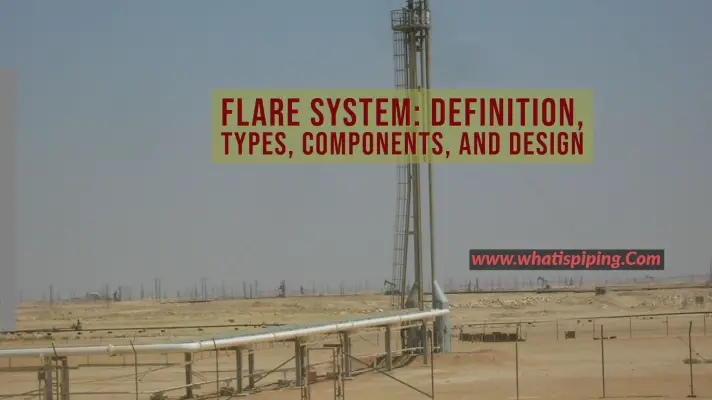
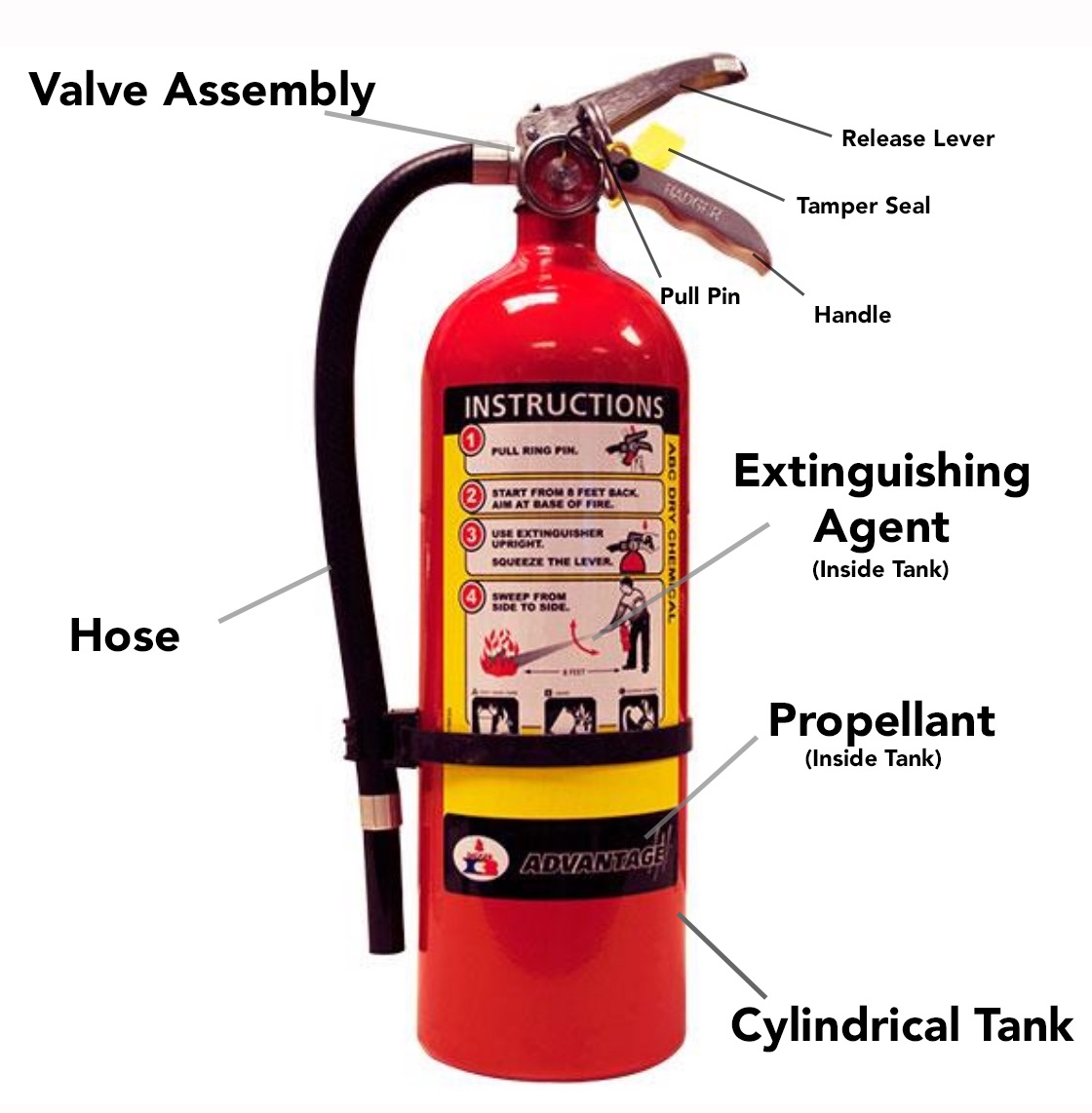
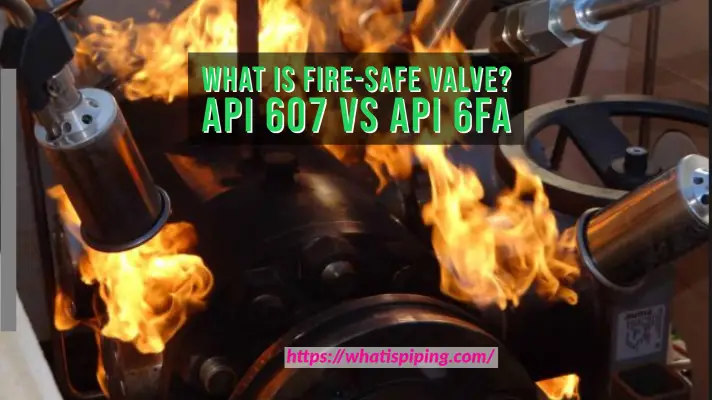

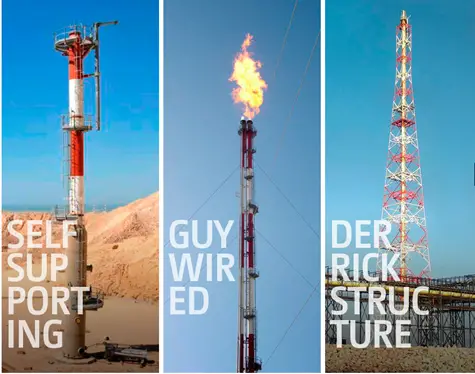
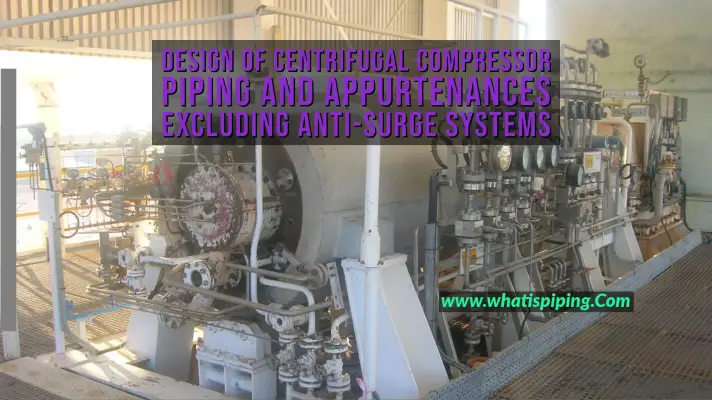
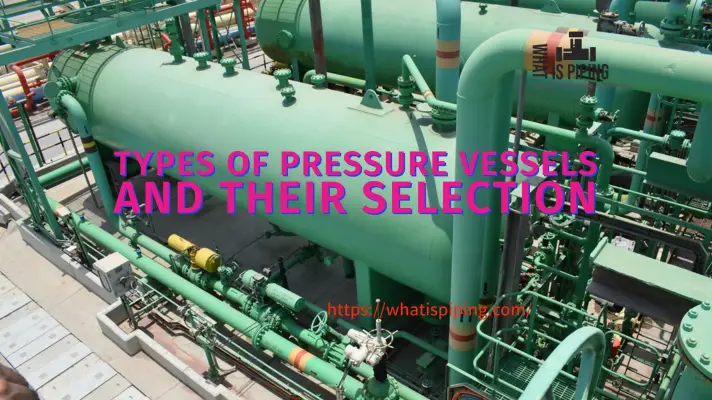
Hello sir,
Would like to ask, am I able to throttle my continuous blowdown valve or does it have to be fully opened at all times?
I am currently using the blowdown valve to control the flow rate in the piping system.
Fantastic article…Thanks for sharing such an amazing content with us.Good job.Keep it up.
In the pipe stress analysis, should we calculate the reaction force due to rapid opening of blowdown valve?